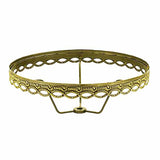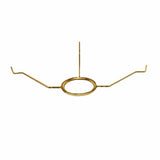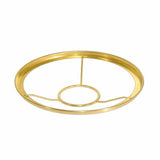Expert Advice - Competitive Prices - Dependable Quality
Expert Advice - Competitive Prices - Dependable Quality
Hardware
The fine points of Glass Student Shades

The benefit of Glass Student Shades on antique oil lamps
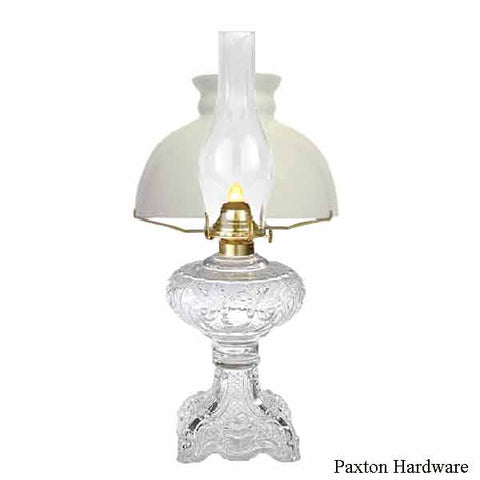
......using Student Shades
Glass Student Shades are a beautiful and functional shape used on 19th and early 20th century oil lamps. They were produced in various colors, some with elaborate hand painted designs. They were often made in white opal glass as this style gave off the best light. While widely used, oil lamp shades were predominately produced in just a few sizes. The two predominate sizes are 7" oil lamp shades and 10" oil lamp shades
Early oil lamps created light by burning a wick, inside a glass chimney. These lamps produced marginal light. The development of glass student shades improved light output thereby improving the quality of life for many Americans.

Components of an oil lamp
19th century oil lamps were made of brass, glass or nickel. Central to these lamps were oil burners. As time went on many of these oil burners were replaced with electric burners or converted to electricity. Glass chimneys, used to control drafts and protect flame, resided on top of burner and were held in place with tines. Tripods or spiders and shade rings were then positioned on burners to hold glass student shades.
|
Spider
|
Tripods |
Lamp Shade Rings |
Measuring Glass Student Shades
Glass Student Shades, a much-enjoyed antique style, were originally used on student lamps and oil lamps. Made of glass, in various bottom diameters, with 10” and 7” being the most common sizes. Shades are measured across bottom. These glass shades are blown in a mold which causes slight differences in thickness of glass and actual bottom diameters. The bottom diameter, referred to as the fitter, is typically slightly under-size, this is normal due to glass blowing techniques.
Measure shade holder, if available, to determine sized needed. If lamp will need both holder and shade: 9” – 10” lamp bases typically use 10” student shades while smaller 8”-9” bases often use 7” shades.
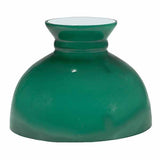 |
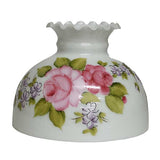 |
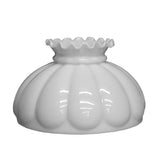 |
|
| Green Cased Glass | Hand Painted Roses | Embossed Melon |
Differing Types of Glass Student Shades
Glass student shades glow when lit, intensifying the illumination produced by a burning wick or light bulb. White shades produce a generous overall light, while cased glass types direct light downward offering better task lighting. Most are used on table lamps, however there are also some hanging lights and floor lamps which use this style. Shapes are smooth or embossed, such as hobnail and melon patterns. Tops are flat or crimped. Standard white glass student shades present a neutral appearance and are economically priced. Cased glass styles, typically dark green sandwiched with white glass, complement brass lamps. This style was very popular on early student lamps. The most decorative are those of the Victorian period, each is a work of art, hand painted with beautiful floral designs.Net Orders Checkout
| Item | Price | Qty | Total | |
|---|---|---|---|---|
| Subtotal |
$0.00 |
|||
| Shipping | ||||
| Total | ||||
Shipping Address
Shipping Methods
Net Orders Checkout
| Item | Price | Qty | Total | |
|---|---|---|---|---|
| Subtotal |
$0.00 |
|||
| Shipping | ||||
| Total | ||||

